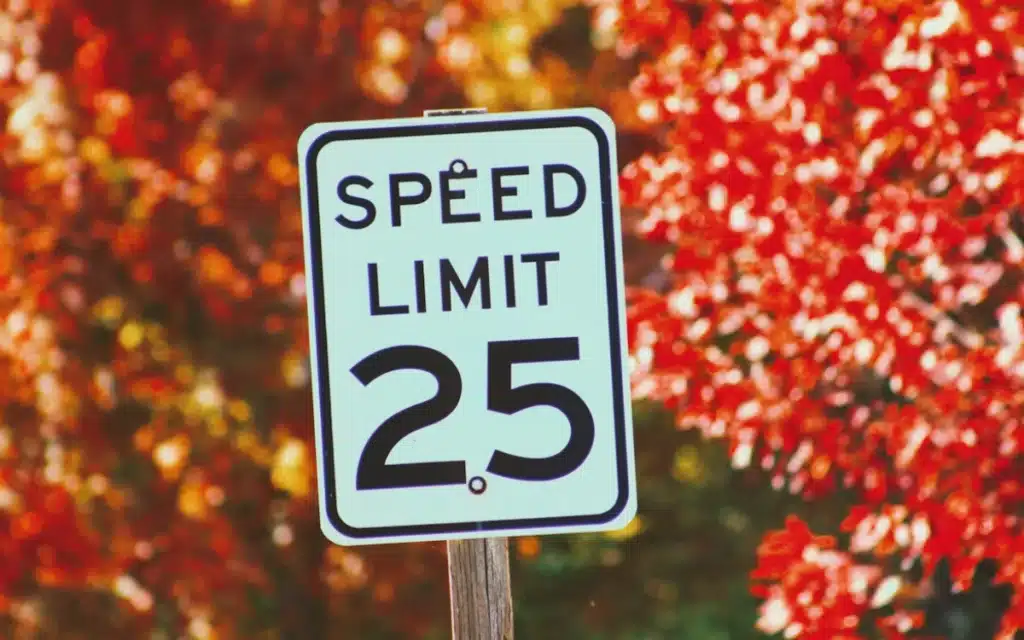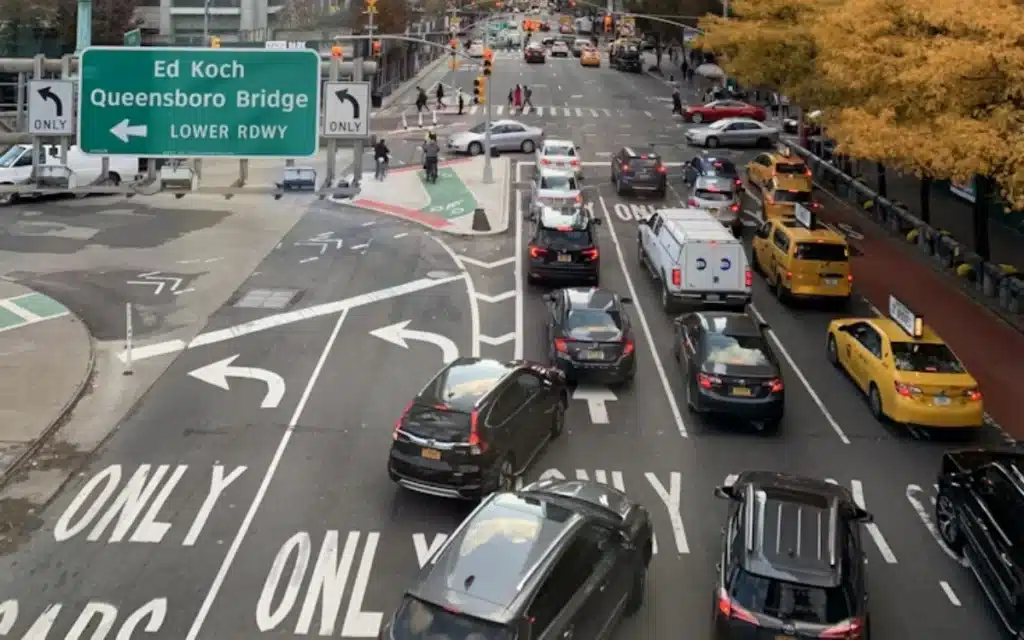America may stop letting speed limits be decided by how fast drivers go
Published on Aug 21, 2025 at 11:02 AM (UTC+4)
by Jason Fan
Last updated on Aug 21, 2025 at 12:44 PM (UTC+4)
Edited by
Kate Bain
For decades, US speed limits have basically boiled down to one idea: if enough people speed, the law will catch up to them.
The ’85th-percentile rule’ told engineers to measure how fast most drivers were going, then set the limit just below that.
It was simple, predictable, and, depending on who you ask, dangerously flawed.
Now, a growing movement wants to toss that formula in favor of something that considers other factors.
VISIT SBX CARS – View live supercar auctions powered by Supercar Blondie
US speed limits shouldn’t be dictated by speeders
Enter a relatively new idea called ‘City Limits’.
Published in 2020 by the National Association of City Transportation Officials, this guidance flips the old logic on its head.
Instead of rewarding speeders with higher limits, it forces engineers to look at the context.
If the road is in the middle of a bustling downtown, or just teeming with activity in general, a street that’s signed at 25 mph today might be cut to 20 mph.

On the other hand, if it’s simply a quiet suburban stretch, it may get nudged up to 35 mph.
Critics say the old 85th-percentile rule was basically rewarding speeders, rather than punishing them.
Drivers would push the pedal harder, engineers would raise the signs, and the cycle would repeat.
In fact, the owner of this Chevy Chevelle Malibu SS might have contributed to raising a lot of speed limits, given that he claims to have had a speeding ticket in every state.
“People speed, and then the speed limits will be ratcheted up to match that speed,” National Association of City Transportation Director Jerry O’Connell said.
In other words, the rule wasn’t making roads safer; it was simply keeping up with our worst habits.
Drivers might need to slow right down
The federal government seems to want to make some changes.
In 2023, the Federal Highway Administration updated its traffic-control playbook to clarify that the 85th-percentile rule was never an actual rule.
Then, in a January handbook, it warned that relying on driver behavior alone ‘may perpetuate high-speed travel’ at the expense of everyone else on the road.
Sure, it works fine on rural highways. But in cities full of pedestrians, cyclists, and cars? Not so much.

And here’s the kicker: lowering the US speed limit works.
After New York City launched its Vision Zero program in 2014, traffic injuries dropped by 30 percent in just five years.
Medicaid savings alone topped $90 million compared to places that stuck with business as usual.
While zero traffic deaths may be a lofty dream, safer, slower streets are already proving to be a win for both wallets and lives.
Anyway, this American did the math to figure out how much time speeding actually saves you, so maybe speeding isn’t actually worth it.
DISCOVER SBX CARS: The global premium car auction platform powered by Supercar Blondie
Jason Fan is an experienced content creator who graduated from Nanyang Technological University in Singapore with a degree in communications. He then relocated to Australia during a millennial mid-life crisis. A fan of luxury travel and high-performance machines, he politely thanks chatbots just in case the AI apocalypse ever arrives. Jason covers a wide variety of topics, with a special focus on technology, planes and luxury.




